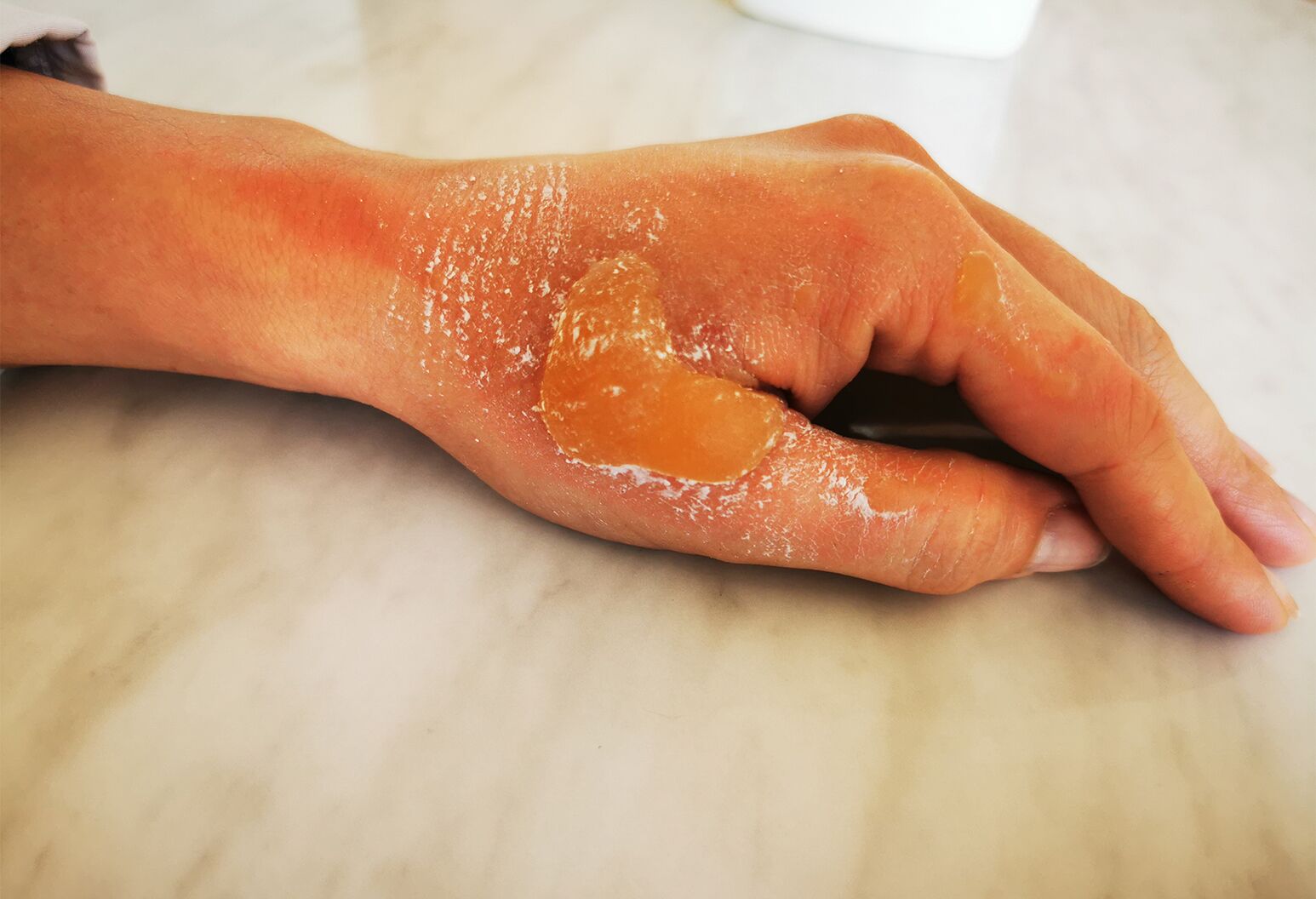

- #4th degree burn symptoms how to#
- #4th degree burn symptoms skin#
People often benefit from physical and occupational therapy to recover function and movement after a third-degree burn. Scars from the grafts may fade over time. People may feel pain, fatigue, and itching as the wound heals.
#4th degree burn symptoms skin#
The damaged tissue may be surgically removed and replaced by skin grafts (replacing damaged skin with healthy skin from elsewhere on the body). Treatment requires hospital care to stabilize the patient and prevent infection.
Third-degree burns need emergency medical care. It typically takes two to three weeks or more for a second-degree burn to heal, and the skin may become lighter or darker. Pain may last for two or three days and then subside. Second-degree burns form blisters which sometimes pop on their own in about a week. First-degree burns usually heal within a week and don't typically scar. First-degree burns cause pain and redness for a few hours if cooled down right after the burn occurs, or they may hurt for a day or two. Contact us at 1.855.349.2828 or visit the PhysicianOne Urgent Care nearest you. We offer walk-in care, extended hours and the immediate treatment of urgent, but not life-threatening illnesses and injuries. PhysicianOne Urgent Care is here to help. We understand being sick or injured is not convenient, and it’s not always easy to access your primary care doctor right away, or appropriate to head to the Emergency Department. On the other hand, for minor burns (first and second-degree burns) and injuries, PhysicianOne Urgent Care provides convenient, expert walk-in treatments for a fraction of the cost of the average ER visit. If you or a family member endures a very serious burn, visit the ER right away. Without quick treatment, third- and fourth-degree burns can be fatal. With fourth-degree burns, the wound will look stiff and extend deep within subcutaneous fat, muscle and bone. While they are usually very painful, severe burns may sometimes cause little pain if the nerves have been destroyed. When a third- or fourth-degree burn occurs, it means the injury involves the outer layer of the skin, along with the dermis, muscles, bones, and/or tendons. Third- and Fourth-degree Burns: With these types of injuries, emergency medical care is a must. You should also seek medical attention if you notice fever, redness, oozing or increasing pain or if you experience a burn on the feet, hands, groin, face, buttocks or over a major joint. If the burn is less than three inches in diameter, it can be treated at home however, if it is larger than three inches, you should seek medical attention at PhysicianOne Urgent Care. 
Symptoms include blisters, along with pain and very red or blotchy skin. Second-degree Burns: With these types of burns, both the outer and second layers of skin (dermis) are affected. If your pain and symptoms persist longer than 48 hours, PhysicianOne Urgent Care providers should take a look at affected area. Acetaminophen and ibuprofen can also be used to reduce pain. Cool (not iced) compresses, ointments and lotions are usually enough to treat first-degree burns. Whatever the cause, symptoms should only last 48 to 72 hours, and may include dry or peeling skin. Mild sunburns are also considered to be first-degree burns. These types of burns often occur when someone touches hot water or a hot pan for only a moment. First-degree Burns: Affecting only the outer layer of the skin, first-degree burns can cause swelling, redness and pain.
#4th degree burn symptoms how to#
To keep yourself and your family safe, it's important to know how to assess the seriousness of a burn, so you can get help when you need it, either at PhysicianOne Urgent Care for minor burns, or the Emergency Room for major, life-threatening burns. While some burns can be treated at home, others require timely medical attention. Burns can be painful, debilitating or deadly, depending on the severity of the injury.






 0 kommentar(er)
0 kommentar(er)
